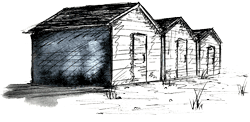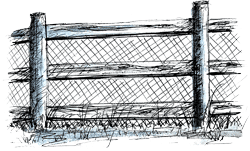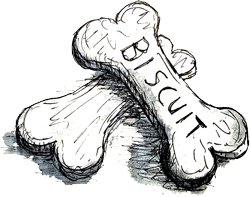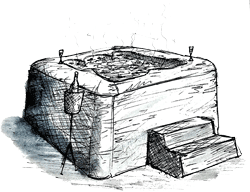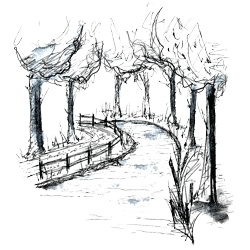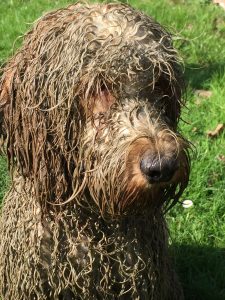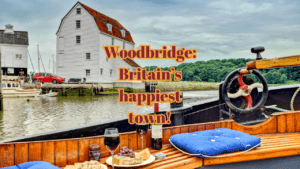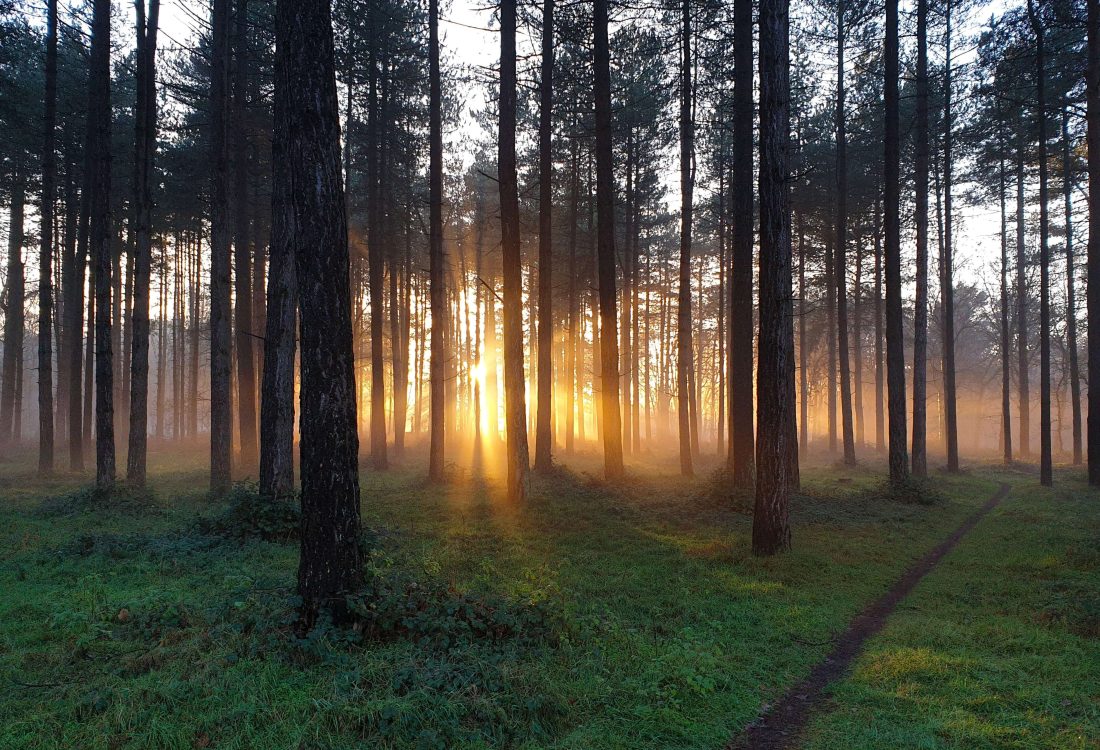
Nature Reserves near Woodfarm Barns
There are many interesting forests and nature reserves within easy reach of Woodfarm, including Minsmere, Levington, Rendlesham and Dunwich Heath.
Fox Fritillary Meadow – On the Suffolk Tourist route – About 10 mins away
The largest of only four remaining snake’s head fritillary sites in Suffolk, this reserve is an ancient floodplain meadow. Fritillaries thrive in land that periodically floods. In spring the emergence of the grass-like foliage is soon followed by displays of up to 300,000 nodding purple-chequered and white flower heads in mid-April to early May.
Eighteen fritillary sites were known in Suffolk in 1889, but sadly most have been lost through drainage or ploughing. The fritillaries bloom alongside early meadow flowers such as cowslip and cuckoo flower.
The meadow is managed by an early summer hay cut followed by aftermath grazing.
The site gets its name from the Fox family who owned Boundary Farm between 1922 and 1976 and helped Suffolk Wildlife Trust buy the meadow.
Visiting the meadow is strictly by prior arrangement only. Please ensure you contact Suffolk Wildlife Trust (01473 890089) before you visit.
Dogs on leads welcome.
Mickfield Meadow – Mickfield – 10 minutes away, Near Debenham
Mickfield Meadow is a stunning flower-rich hay meadow that has never been sprayed or fertilised. As a result, it contains a host of wildflowers, many of which are now scarce in Suffolk. To maintain this rich flora, the meadow is managed by a summer hay cut and then grazing the late summer growth.
The unusual mix of plants growing here adds to its botanical interest. In parts of the meadow, you can see goldilocks buttercup and the low-growing wood anemone – both plants more usually associated with ancient woodlands. In the wetter parts look for marshland flowers like ragged-robin, meadowsweet and the beautiful snake’s head fritillary – one of only four sites in Suffolk where it can still be found.
The boundary hedges are maintained by the traditional method of coppicing. This involves periodically cutting sections to the ground, which encourages re-growth and creates a long-living, dense hedge that is great for wildlife. Dogs on leads welcome.
Bonny Wood
“A fantastic ancient, semi-natural woodland with superb circular walks. During spring it’s worth getting here for the dawn chorus alone!”
Bonny Wood is an ancient coppice woodland and part of the Barking Tye woods which are a Site of Special Scientific Interest (SSSI) for the quality of coppice wood habitats and in particular the ground flora. The best time to visit is from late April to late June when the coppiced areas are brimming with wood anemone, woodruff and herb-paris. Look out for orchids in the wood, and you may find early-purple orchids, lesser twayblade, and common spotted orchids. And if you look carefully you may be lucky enough to spot a greater butterfly orchid.
Birds are plentiful with melodies from summer migrants such as blackcap and willow warbler mingling with the song of resident species. There are frequent sightings of hobby and at dusk you may catch a glimpse of woodcock performing their mating display. Evidence of a healthy badger population is reflected by the number of setts. Again, dogs welcome on leads.
There are also some expansive forests over by the coast at Rendlesham and Tunstall with a myriad of walks.
There are also nature reserves at Minsmere, Rendlesham and Dunwich, slightly further afield.

